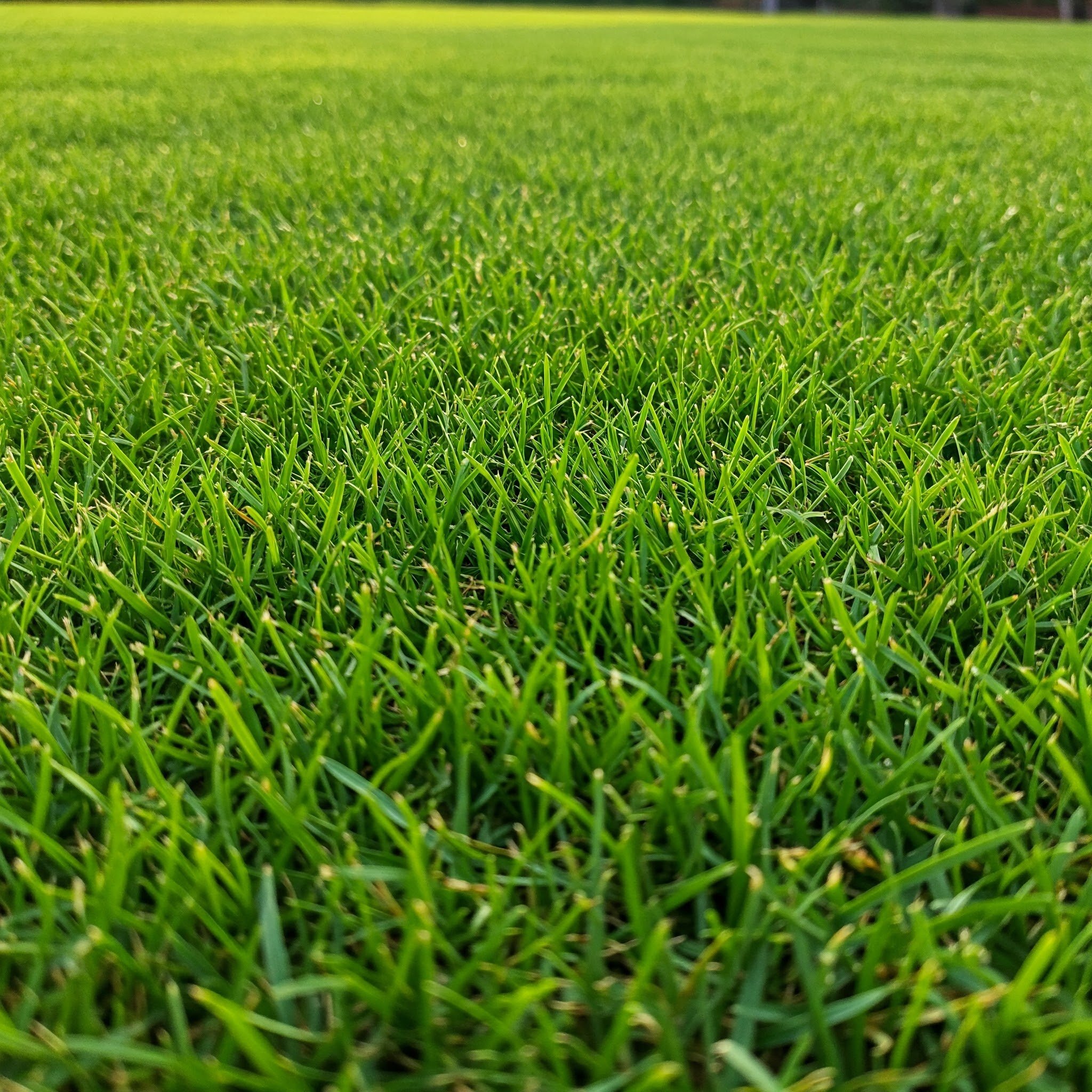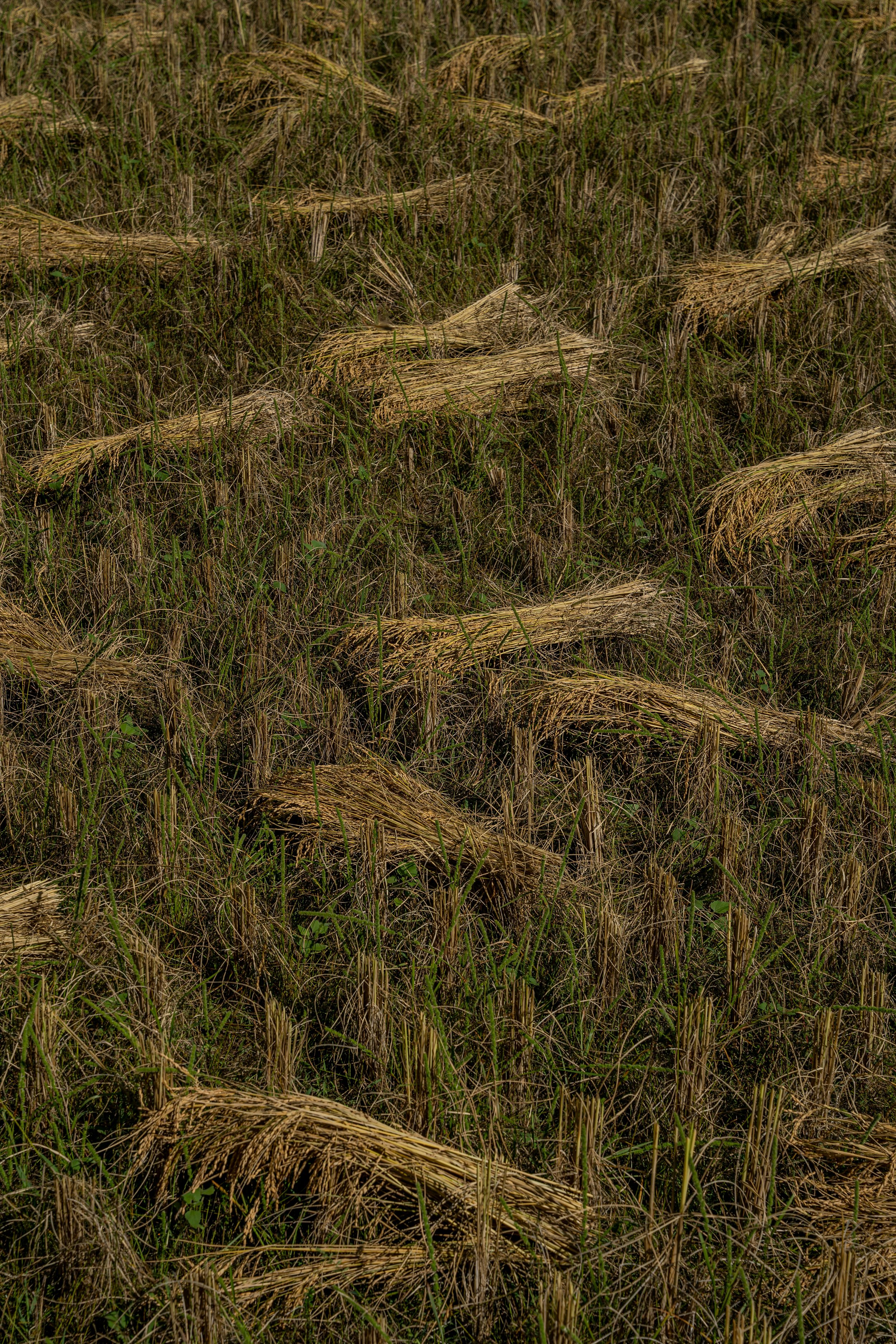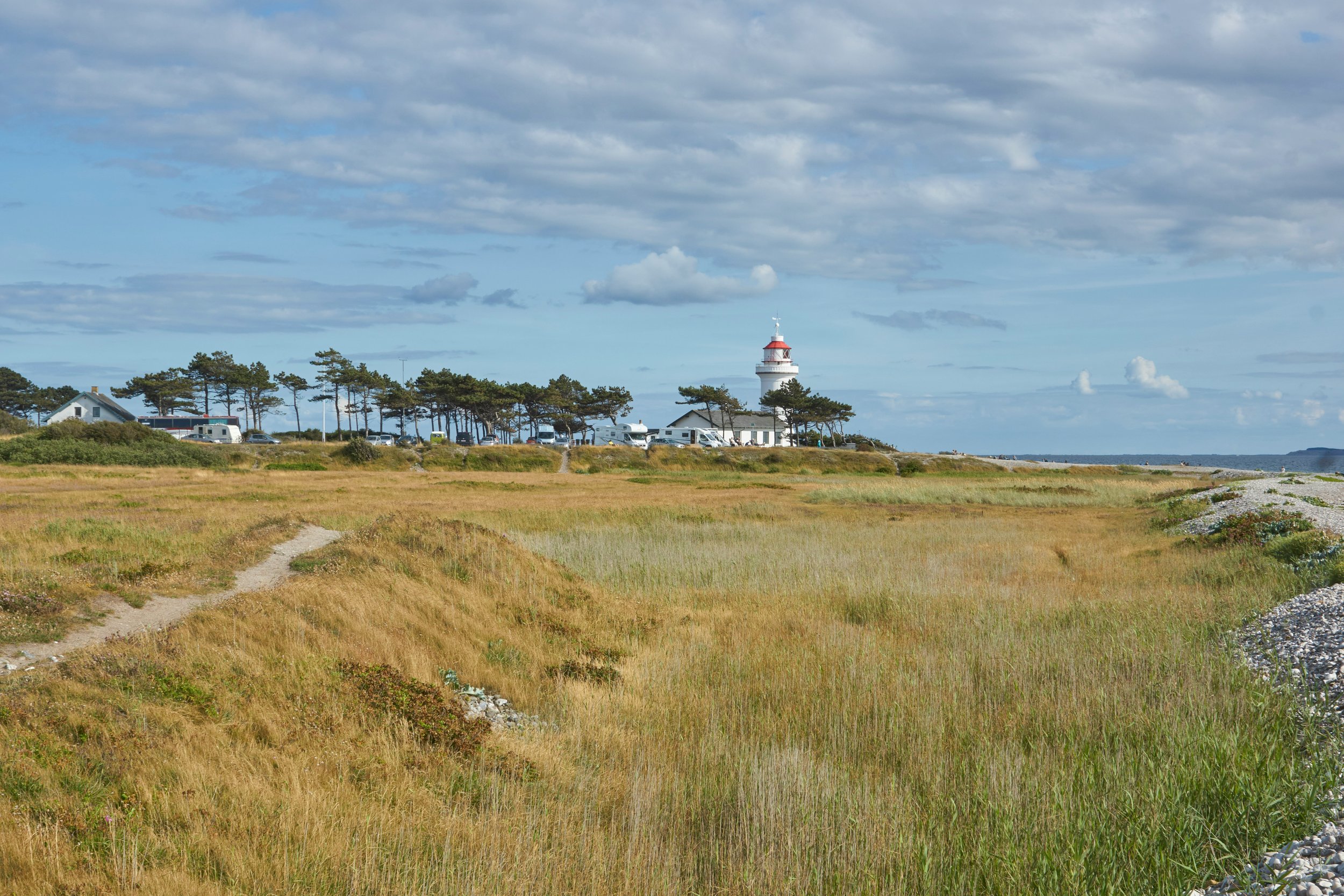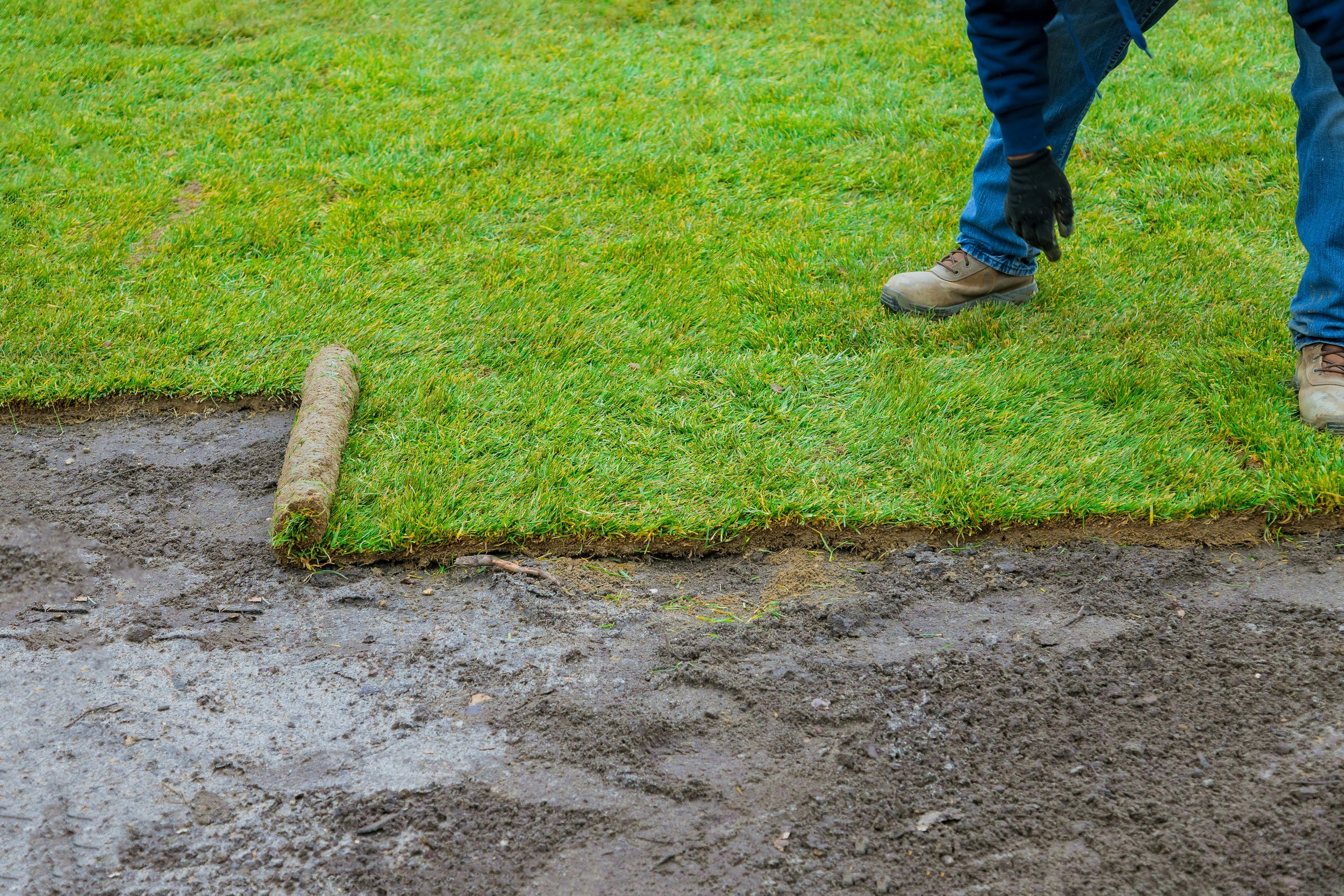When Does Grass Stop Growing?
Wondering when grass stops growing? Discover how seasonal changes affect grass growth, dormancy periods, and what you need to know to keep your lawn healthy year-round.
If you’ve ever found yourself mowing your lawn well into the fall and wondering, When does grass stop growing?, you’re not alone! Grass growth is a bit like nature’s clock—ticking in response to temperature, light, and water availability. The growth slows down as seasons change, but different types of grass behave differently when it comes to hitting the brakes.
In this guide, we’ll break down when you can expect grass to stop growing, why it goes dormant, and how to care for it through different seasons. Whether you’re looking to understand your cool-season or warm-season lawn, let’s dive into the details of grass growth cycles and seasonal shifts.
The Basics of Grass Growth
Grass growth depends on a few key factors, with temperature, daylight, and moisture being the big players.
Temperature: Grass loves warmth, but too much heat can stress it, especially for cool-season varieties.
Daylight: Grass growth is tied to the length of the day; shorter days signal it to slow down.
Moisture: Grass needs water to thrive, but its requirements shift as temperatures and growth rates change.
Understanding these basics can help answer the question, When does grass stop growing? Different grasses respond to seasonal shifts in unique ways, which is why your lawn might look and grow differently based on where you live and the type of grass you have.
Cool-Season vs. Warm-Season Grasses: A Key Difference
Before we answer when grass stops growing, it’s essential to understand the two main types of grass: cool-season and warm-season grasses. Each type has its growth pattern and dormancy cycle.
Cool-Season Grasses
Cool-season grasses, such as Kentucky bluegrass, fescue, and perennial ryegrass, thrive in moderate temperatures between 60°F and 75°F. They grow actively in spring and fall, slowing down in the summer heat and going dormant in the winter.
Typical Dormancy Period: Late fall to early spring
Common Regions: Northern regions with cooler temperatures
Understanding the dormancy period of plants is essential for their care and maintenance. For many plants, the typical dormancy period spans from late fall to early spring, when temperatures drop and growth slows. During this time, plants conserve energy and nutrients, effectively "shutting down" until the warmer weather arrives. This dormancy phase helps them survive harsh conditions and prepare for new growth when spring comes. Plants in northern regions with cooler temperatures often experience a more pronounced dormancy, as the extended cold months create a natural resting period. Knowing when and why plants go dormant allows gardeners to adjust their care routine accordingly, ensuring that plants thrive during their active growth periods and remain healthy throughout the year.
Warm-Season Grasses
Warm-season grasses, like Bermuda, zoysia, and St. Augustine, love the heat, growing best between 80°F and 95°F. They flourish in the summer and slow down as temperatures drop in the fall, eventually going dormant over winter.
Typical Dormancy Period: Late fall to early spring, depending on the region
Common Regions: Southern regions with warm temperatures
Now that we understand the types, let’s break down the answer to When does grass stop growing?
When Does Grass Stop Growing? Seasonal Breakdown
1. Spring Growth: The Wake-Up Call
In spring, as the weather warms up, both cool-season and warm-season grasses come out of dormancy. For cool-season grass, this is a time of rapid growth as temperatures rise to that sweet spot between 60°F and 75°F. You’ll likely see quick growth that may require weekly mowing.
Cool-Season Grasses: Begin active growth as temperatures reach 55°F or higher.
Warm-Season Grasses: Remain somewhat dormant until temperatures consistently hit above 70°F.
Understanding the growth patterns of different grass types is key to maintaining a healthy lawn. Cool-season grasses begin their active growth when temperatures reach around 55°F or higher, making them ideal for cooler climates and early spring to fall growth. These grasses thrive in milder temperatures, quickly greening up as the weather warms. In contrast, warm-season grasses remain somewhat dormant until temperatures consistently surpass 70°F, typically growing best in the warmer months of late spring and summer. Knowing the temperature preferences of your grass type helps you manage your lawn care schedule, ensuring optimal growth and appearance. By timing your lawn maintenance to coincide with the ideal growing conditions for your grass, you’ll promote a healthy, vibrant lawn throughout the year.
2. Summer: A Time of Transition
Summer brings changes to grass growth rates, depending on the type of grass:
Cool-Season Grasses: Growth often slows down as temperatures rise above 80°F. In hotter climates, these grasses may go into a state of “summer dormancy” to conserve energy.
Warm-Season Grasses: Summer is their prime growing season, with frequent mowing needed to keep up with rapid growth.
3. Fall: The Slowdown Begins
Fall is a transition season, and it’s often when you’ll notice grass growth starting to slow down.
Cool-Season Grasses: Begin a second growth period in early fall as temperatures drop back into the 60°F-75°F range. This is the perfect time to fertilize and encourage root development before winter dormancy.
Warm-Season Grasses: Start to slow down as temperatures drop below 70°F, preparing to go dormant by late fall.
In most regions, you’ll notice grass growth significantly slowing in October and November as temperatures continue to dip.
4. Winter Dormancy: When Grass Takes a Break
By winter, both cool-season and warm-season grasses go dormant, though the timing and appearance of dormancy can vary:
Cool-Season Grasses: Usually go dormant as soil temperatures drop below 40°F. You may see a light frost on the lawn, and grass will likely stop growing entirely by late fall or early winter.
Warm-Season Grasses: Go dormant once temperatures consistently stay below 50°F. These grasses often turn brown in winter, which is completely normal and part of their natural cycle.
In short, winter is when grass stops growing, especially as soil temperatures fall to levels where root activity is minimal.
Factors That Can Influence Grass Growth and Dormancy
While temperature and season are the main factors in determining when grass stops growing, other elements can affect growth, too.
1. Climate and Microclimates
Microclimates, or small areas within your yard that have slightly different conditions, can affect grass growth. For example, a shady spot might stay green longer than an area that gets direct sunlight all day.
2. Soil Health and Fertilization
Healthy soil promotes stronger grass growth, and fertilizing your lawn in the fall can extend growth slightly for cool-season grasses. But once soil temperatures drop, even well-fertilized grass will eventually go dormant.
3. Water Availability
Drought conditions can cause grass to enter dormancy earlier, especially in regions with hot summers. Without adequate water, both cool-season and warm-season grasses may slow down and conserve energy sooner.
Maintenance Tips as Grass Prepares to Go Dormant
Once you notice your grass slowing down, it’s a good idea to shift your lawn care routine to help it prepare for dormancy. Here are a few end-of-season tips:
1. Adjust Mowing Height
In the final weeks of the growing season, gradually raise your mower’s height. Longer grass blades help insulate the roots and prevent soil erosion during winter.
2. Water Less Frequently
As grass growth slows, reduce your watering schedule. Overwatering can create a breeding ground for disease, especially as temperatures cool.
3. Aerate and Fertilize
Fall is an ideal time for aeration and fertilization for cool-season grasses. Aerating helps relieve soil compaction, while fertilization supports root growth, which will benefit the lawn come spring.
4. Clear Leaves and Debris
Keep your lawn free of heavy leaf buildup. Wet leaves can suffocate grass and create damp conditions that invite pests and disease.
Conclusion
So, When does grass stop growing? The answer depends on a few factors, like the type of grass and local climate. Generally, grass growth slows in the fall and halts altogether when winter sets in and temperatures drop below 40°F. This period of dormancy allows grass to conserve energy and come back strong in the spring.
Understanding your lawn’s growth cycle can help you adjust your lawn care routine, ensuring it stays healthy throughout the year. As temperatures warm up again, your grass will be ready to jump back into action, giving you that lush, green lawn you’ve been waiting for. Here’s to a healthy, happy lawn season after season!
Read next: Why Your Grass Is Yellowing and How to Fix It
Frequently Asked Questions
1. Can I stop mowing my lawn once grass stops growing?
Yes, but continue to monitor it. Grass can grow sporadically if there’s an unseasonably warm day, so a final mow may be needed to keep it tidy.
2. Why does my grass turn brown in winter?
Warm-season grasses, like Bermuda and zoysia, naturally turn brown in winter when they go dormant. Cool-season grasses may also turn brown due to extreme cold or drought.
3. Does grass stop growing completely in winter?
In most regions, yes. When soil temperatures drop below 40°F, grass goes dormant, and growth ceases. However, mild winters may allow for very slow, sporadic growth in some cool-season grasses.
4. Should I fertilize my lawn in winter?
No, fertilizing in winter isn’t recommended. Fertilizer won’t be absorbed effectively and may even harm the grass. It’s best to apply fertilizer in early fall or spring.
5. How can I help my lawn recover after winter dormancy?
Aerate, fertilize, and water your lawn as the weather warms up. This will help break up any compacted soil and encourage new growth.












